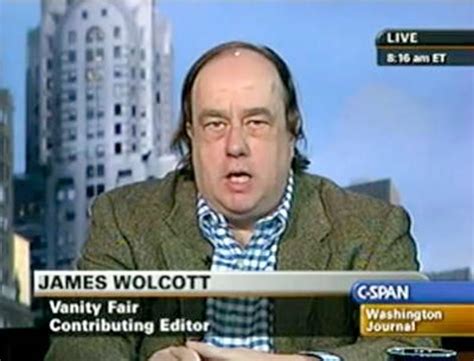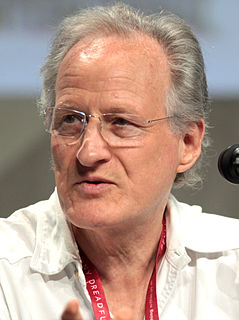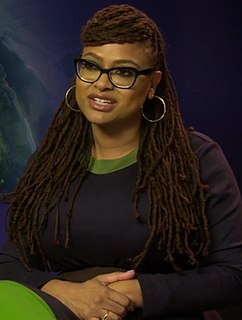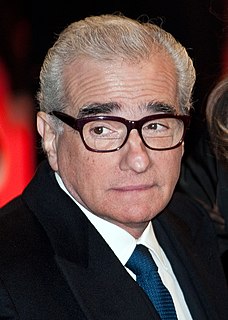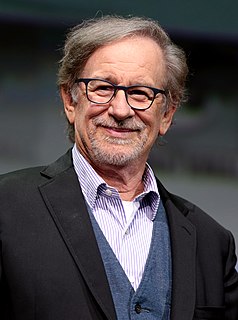A Quote by William Friedkin
With all of my films that are on DVD and Blu-ray, I have spent weeks with them in a color timing room. Just changing or enhancing them. I have been desaturating the color. Sometimes I will make a scene bluer or redder. I do use the new medium. I believe in it.
Related Quotes
The difficulty with color is to go beyond the fact that it's color ? to have it be not just a colorful picture but really be a picture about something. It's difficult. So often color gets caught up in color, and it becomes merly decorative. Some photographers use it brilliantly to make visual statements combining color and content; otherwise it is empty.
Everybody's going to do the 3D slightly differently the same way that people are going to deal with color differently. Some movies downplay the color, some color is very vibrant. Color design is very different. We've got to think of 3D like color or like sound, as just part of the creative palette that we paint with and not some whole new thing that completely redefines the medium.
Munch writes poetry with color. He has taught himself to see the full potential of color in art His use of color is above all lyrical. He feels color and he reveals his feelings through colors; he does not see them in isolation. He does not just see yellow, red and blue and violet; he sees sorrow and screaming and melancholy and decay.
For many years, I have been moved by the blue at the far edge of what can be seen, that color of horizons, of remote mountain ranges, of anything far away. The color of that distance is the color of an emotion, the color of solitude and of desire, the color of there seen from here, the color of where you are not. And the color of where you can never go.
I think the resolution involved in the high-def, Blu-ray image demands we pay attention to every detail to a level we've never seen before. The audiences have to believe everything they're seeing. As viewers, we're all so experienced and so much smarter than we realize. With Blu-ray, there will be less tricking of the eye.





